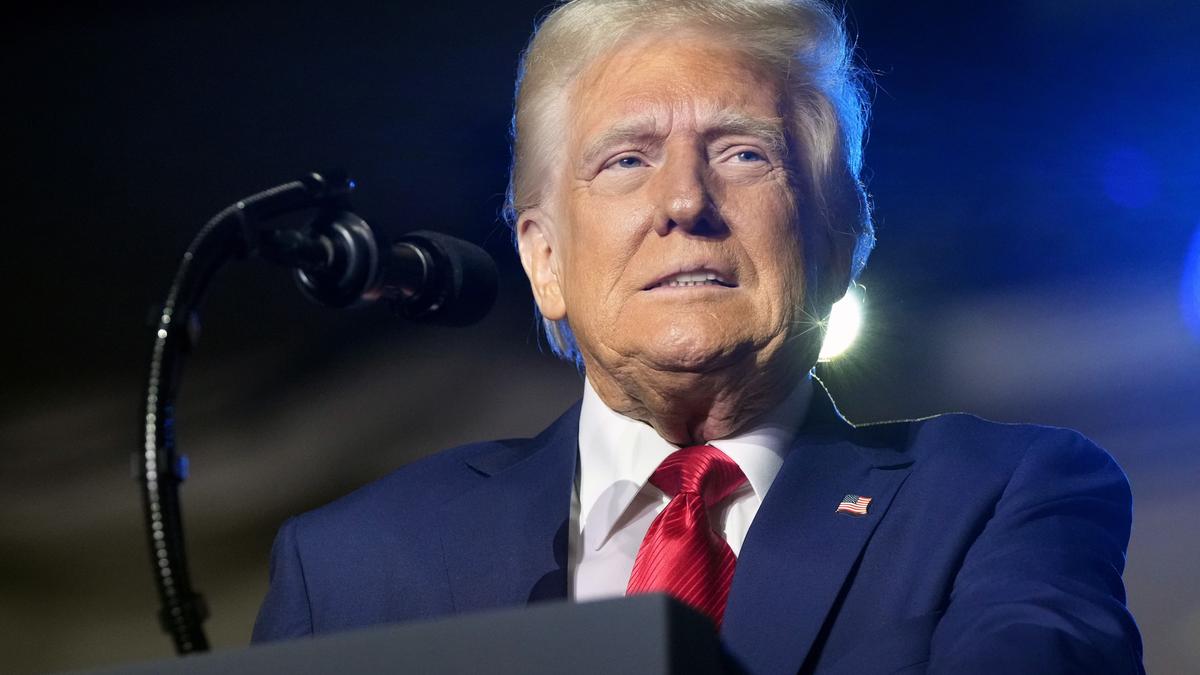
An enduring commitment to the Indo-Pacific Premium
The Hindu
Under the new Trump administration, the Indo-Pacific is likely to regain prominence but with a sharper focus on hard power dynamics
The inauguration of Donald Trump as the 47th President of the United States marks an unparalleled comeback in American political history. It also signals a vital moment in global geopolitics, particularly for the Indo-Pacific region. During his first term, Mr. Trump redefined U.S. engagement in the Indo-Pacific. As he embarks on his second term, expectations of a more assertive U.S. security posture and strengthened alliances are high. The presence of the foreign ministers from India, Japan, and Australia — America’s key Quad partners — at the inauguration underscores the strategic importance of this grouping in Mr. Trump’s foreign policy vision. With the Indo-Pacific being central to U.S.’s strategic priorities, Trump 2.0 signals a renewed focus on deepening defence, economic, and technological cooperation with ‘like-minded’ nations to address persisting and emerging challenges, while ensuring regional stability.
Mr. Trump’s first term marked a pivotal shift in Washington’s approach to this region, redefining the strategic landscape in three ways. First, under Trump’s leadership, the U.S. adopted the term ‘Indo-Pacific’, replacing the previously favoured ‘Asia-Pacific’, which reflected a recalibration of the geopolitical lens, moving beyond a focus solely on East Asia and the Pacific Rim to encompass a wider area critical for global trade, security, and strategic stability. The term expanded the geographic focus to include the Indian Ocean, emphasising the importance of securing sea lines of communication, addressing maritime challenges, and underscoring the U.S.’s intent to counterbalance China’s growing influence. The Indo-Pacific expanded the strategic narrative, integrating defence, security, and political considerations alongside economic cooperation.
Second, there were structural changes in the U.S. defence and security framework, including the renaming of the U.S. Pacific Command as the U.S. Indo-Pacific Command in 2018, reflecting the operational import accorded to the Indo-Pacific. The Office of the Secretary of Defence was reorganised to establish specialised units focusing on Indo-Pacific allies and partners.
Third, the revival of the Quad underscored the Trump administration’s recognition of the Indo-Pacific as the fulcrum of 21st century geopolitics, reflecting a pragmatic convergence of interests among its members. The U.S. provided a robust push to institutionalise the grouping. The Trump administration elevated the Quad dialogue to the ministerial level, laying the groundwork for deeper collaboration in maritime security, supply chain resilience, and technological standards.
The Joe Biden administration inherited the Indo-Pacific framework and maintained its strategic centrality. Mr. Biden elevated the Quad further by convening the first-ever Quad leaders’ summit in 2021, marking a significant institutional leap. He emphasised multilateralism and sought to broaden the Quad’s agenda by initiating collaboration on vaccines, climate change, critical technologies, and infrastructure development. He also introduced the Indo-Pacific Economic Framework in 2022, complementing the strategic focus with economic engagement. The emphasis on a rules-based order and inclusive development in the Indo-Pacific aligned the Quad’s mission with broader global governance goals.
The bipartisan consensus on the Indo-Pacific’s importance ensures continuity in U.S. engagement. While Mr. Trump could take a more assertive stance against China, his reliance on India, Japan, and Australia to share the burden of regional security would remain and likely be strengthened.
The new administration’s first major foreign policy initiative was a meeting of the Quad foreign ministers on January 21. At his confirmation hearing, the U.S. Secretary of State, Marco Rubio, characterised China as the most formidable adversary the U.S. has faced, noting that the challenges prompting the Quad’s revival under Mr. Trump have intensified. This was the administration’s first significant engagement with foreign leaders. All four members reaffirmed Washington’s unwavering commitment to the Indo-Pacific region while also setting the stage for this year’s Quad Summit early in the Trump Presidency. Mr. Rubio also met with the three Quad foreign ministers separately with India being the first bilateral meeting.













